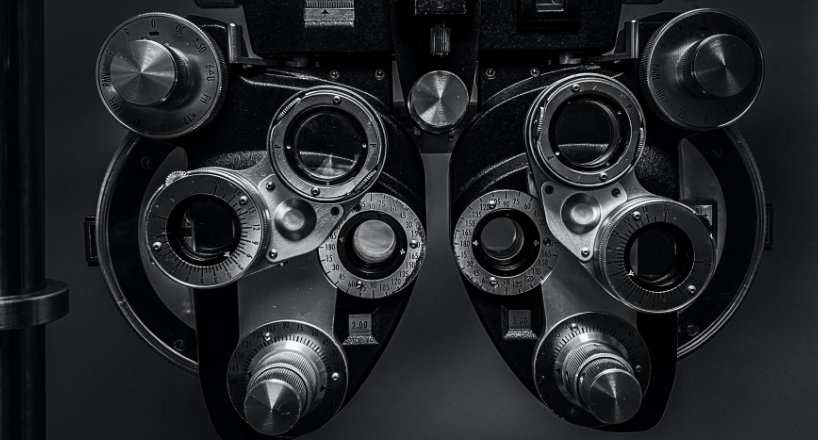
While most eye exams include some basic vision testing, children and young adults have different vision testing requirements than healthy middle-aged adults or adults with a history of eye problems.
Vision testing equipment ranges from simple tools like the “Big E” eye chart (Snellen Chart) and a hand-held penlight and an eye cover to more complex devices that swap lenses in front of your eyes or use special lamps to view the eye’s structure. A comprehensive eye exam includes vision testing, and vision testing equipment that is common to almost all eye exams but is often tailored to your age, your specific need, or your individual symptoms. The following are some common tests you may be given during a routine eye exam.
There are several common vision tests that are used to assess a person’s vision and detect any potential vision problems. Some of these tests include:
- Autorefractor
Autorefractors are machines that automatically identify the proper lens prescription for your eyes. - Eye Dilation
Eye dilation suggests your pupil in front of the eye has been opened using unique drops. - Glaucoma Test
Glaucoma testing includes determining internal eye pressure and an in-depth scan of the retina for indications of disease. - Ophthalmoscope
An ophthalmoscope is a handheld gadget utilized to analyze your eye’s interior structure, consisting of the retina. - Optomap
Optomap ® is a new innovation that allows for in-depth retina examination without dilating pupils. - Peripheral Vision Test
Peripheral vision screening is the part of the eye test that checks the “outside” of your vision. - Phoropter
A phoropter is an instrument used to evaluate individual lenses on each eye throughout an exam. - Puffer Test
A puffer test is a specific form of glaucoma screening measuring eye pressure (intraocular pressure). - Retinoscope
Retinoscopy is a treatment utilizing a retinoscope that helps to see if you require a prescription. - Slit Lamp Exam
This test is used to examine the front part of the eye, including the cornea, iris, and lens, for any abnormalities or signs of disease. - Snellen Chart
The “Big E” chart– or Snellen eye chart– is the most familiar type of visual acuity test. - Vision Screening
Vision testing and vision screening can each be a window of chance for healthy sight– find out how they are different. - Vision Testing
Vision testing consists of vision screening equipment and treatments that either step or gauge your visual ability or look closely at particular structures of the eye.e.
These are some common vision tests, but it is important to note that the specific tests will vary depending on the individual’s needs and the reason for the examination.